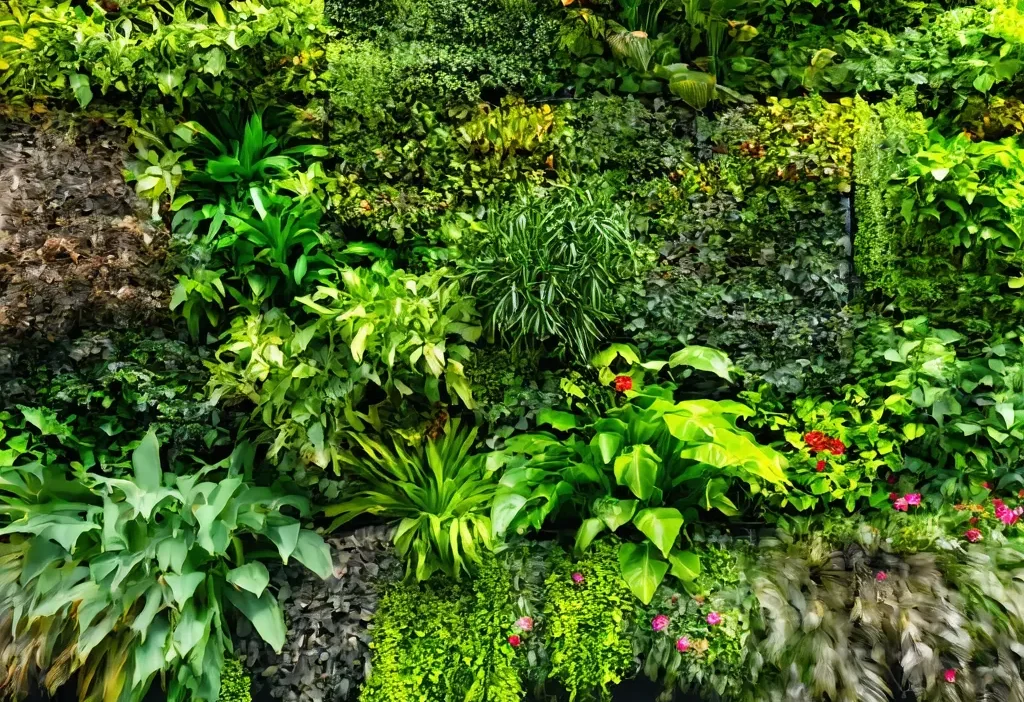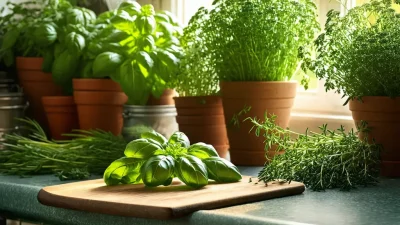Vertical Gardening: Transforming Small Spaces into Green Oases
Living in a bustling city doesn’t mean you have to forgo the joys of gardening. Vertical gardening is revolutionizing urban living by allowing people to cultivate plants in even the most compact spaces. Whether you’re an apartment dweller or have limited yard space, vertical gardens offer a creative solution to bring nature indoors or onto your balcony.
Why Choose Vertical Gardening?
Vertical gardening is more than just a trend; it’s a practical and sustainable way to grow plants. Here’s why you should consider it:
- Saves Space: Perfect for small apartments or urban homes.
- Increases Yields: Maximizes plant growth in limited areas.
- Improves Aesthetics: Adds a touch of nature to your living space.
- Promotes Sustainability: Reduces the need for large outdoor plots.
The Benefits of Vertical Gardening in Small Spaces
Before diving into vertical gardening, it’s essential to understand its benefits. Let’s explore how it can transform your living environment:
- Ease of Access: Plants are within arm’s reach, making maintenance simpler.
- Better Air Quality: Plants naturally purify the air indoors.
- Year-Round Growing: Many vertical gardens can be set up indoors for seasonal planting.
- Creative Expression: Customize your garden to reflect your personality and style.
Getting Started with Vertical Gardening
If you’re new to vertical gardening, here’s a step-by-step guide to help you begin:
- Choose the Right Location: Ensure your plants receive adequate sunlight. For indoors, select areas near windows or use grow lights.
- Select Appropriate Plants: Opt for compact varieties that thrive in vertical setups. Herbs like basil and parsley are excellent choices.
- Invest in the Right Tools: Look for vertical planters, trellises, or hanging pots designed specifically for vertical gardening.
- Maintain Proper Watering: Use a watering can with a narrow spout to target plants without overwatering adjacent ones.
Choosing the Right Plants for Your Vertical Garden
Selecting the right plants is crucial for the success of your vertical garden. Here are some tips:
- Consider Light Requirements: Full-sun plants need at least six hours daily, while shade-tolerant varieties can thrive with less.
- Opt for Drought-Resistant Plants: These are ideal if you’re forgetful about watering schedules. Succulents and cacti are great options.
- Experiment with Edibles: Grow herbs, strawberries, or cherry tomatoes for a fresh supply of ingredients.
Designing Your Vertical Garden
Your vertical garden is more than just a functional space; it’s an extension of your personal style. Here are some design tips:
- Use Color Contrast: Mix plants with varying leaf colors and textures for visual interest.
- Incorporate Lighting: Underlighting can highlight your garden at night, creating a magical ambiance.
- Add Decorative Elements: Introduce plant stands, statues, or decorative pots to enhance the aesthetic appeal.
Maintenance Tips for Long-Lasting Results
To keep your vertical garden flourishing, regular maintenance is essential. Follow these tips:
- Prune Regularly: Remove dead leaves and branches to encourage healthy growth.
- Fertilize Appropriately: Use a balanced fertilizer or compost tea every few weeks during the growing season.
- Inspect for Pests: Check plants regularly for signs of infestation and treat promptly if necessary.
Conclusion
Vertical gardening is a fantastic way to bring nature into your home, regardless of space constraints. By following these tips, you can create a beautiful and functional green space that enhances both your living environment and well-being.
Remember, the key to successful vertical gardening lies in selecting the right plants, maintaining proper care, and being creative with your design. Start small, experiment, and watch your urban oasis thrive!





